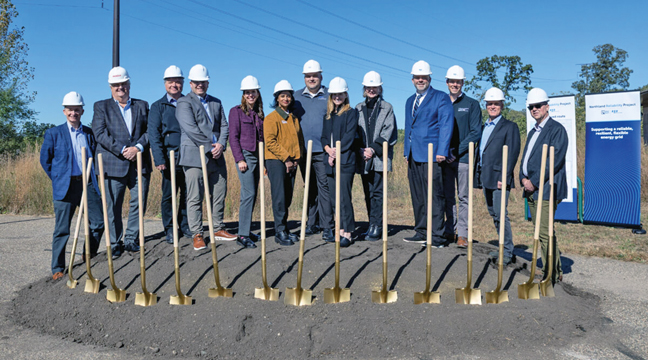I like to travel to places I’ve never been before and this year we decided on Grand Canyon National Park. Walking up to the edge of this huge gorge cut into the earth I felt the familiar anticipation of seeing with my own eyes something I’d seen for years in pictures. It didn’t disappoint.
If you ever want a humbling experience, travel to Arizona and stand on the edge of the Grand Canyon. It will make you realize just how beautiful, yet powerful, Mother Nature is and how small and insignificant we really are.
Just like places such as Utah’s Bryce Canyon and Mount Rushmore, the Grand Canyon defeats attempts to capture it in photos. You have to be there to truly understand and appreciate how huge and awe-inspiring it actually is. Considered to be one of the seven most remarkable natural wonders of the world, it’s also difficult to find words that can capture its beautiful landscape.
Carved by the Colorado River, the Grand Canyon is millions of years old, 277 miles long, up to 18 miles across and over a mile deep. The park is so huge it contains several major ecosystems, five of the seven life zones and three of the four North American desert types. It’s like traveling from Mexico to Canada all in one place.
Although the Grand Canyon was the highlight of our trip, we also meandered around Arizona for a few days taking in other sights as we headed back toward Phoenix for our flight home. I was surprised at the huge variety of landscape the state offers.
I’d been to the Tucson area of Arizona years ago. That part of the state is a typical desert; flat, scrubby vegetation, lots of cacti and no water. Because of this I assumed the rest of the state looked exactly like that. I was wrong. I’ve always been annoyed when someone from a southern state asks me if there’s snow in Minnesota year-round, but I discovered I was just as ignorant about Arizona.
Southern Arizona, which I was familiar with, has a traditional hot, dry desert climate and landscape. However, the northern part of the state features mountain ranges and forests of pine and fir trees, some of which looks a lot like Minnesota. In between the landscape slowly merges from one into the other, featuring its own unique views and vegetation, like the gorgeous red sandstone formations of Sedona. Each is beautiful in its own way.
I always encourage people to travel to new places whenever they have the chance, and Grand Canyon National Park is more than worth the trip. If you’re planning a visit there, I have two pieces of advice.
First, go the first couple weeks of November. The weather is perfect for hiking. There’s hardly anyone there. None of my photos have other tourists in them. We could get right up to the edge of the canyon everywhere we went and we didn’t have to wait in line for anything. Everyone was pleasant and happy to chat with us Minnesotans. (And as always, they knew almost immediately after hearing us speak where we were from).
Second, if you’re headed in that direction fly out of the St. Cloud Municipal Airport. It’s close, quick and easy. Free on-site parking and not a lot of crowds. On the downside there are limited flights and you have to pay for everything on Allegiant Airlines, including a bottle of water, but it’s worth it.
In 1857 an American explorer proclaimed the Grand Canyon “altogether valueless,” and said, “Ours has been the first, and will doubtless be the last, party of whites to visit this profitless locality.”
Just 46 years later President Teddy Roosevelt proclaimed it “one of the great sights every American should see.” Today five million people visit Grand Canyon National Park annually. 2019 is its centennial year.









